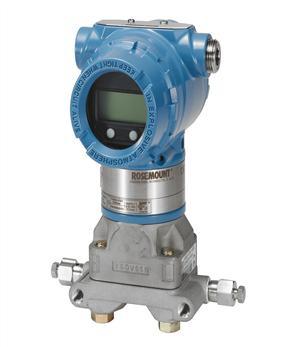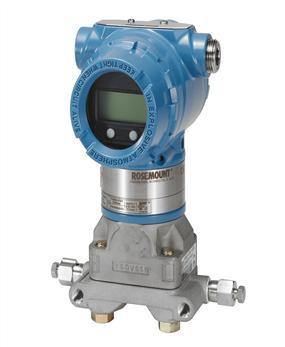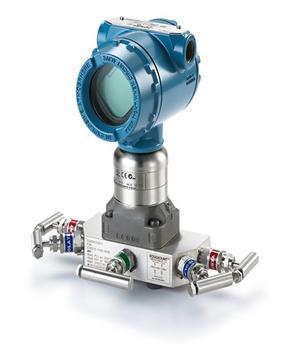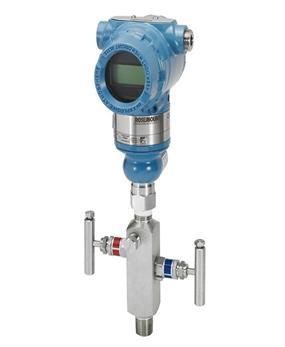BLOG
How to Choose Diaphragm Seals for Your Application?
Brian Craig
April 02, 2020
Transmitters, switches, and pressure gauges find application in various process applications across the world. Although they are designed to withstand abusive work environments, sometimes they may fail due to various reasons. To avoid this, these diaphragm seals are mounted with diaphragm seals. Made of flexible materials, these seals create a barrier for abusive elements, while allowing the pressure to pass through. Owing to their increasing use, today, it is easy to find these seals in various configurations. This makes their selection difficult. This post guides you through factors that you must consider when choosing diaphragm seals for your application.
Tips to Choose the Diaphragm Seals for Your Pressure Measurement Devices
Do all applications require a diaphragm seal? No, only certain applications may need it. Before choosing the seal for your application, it is important to understand the conditions under which these seals are needed. You may need a seal if the transmitter is exposed to any of the following:
- High-temperature media
- Media with suspended solids
- Crystallizing or viscous media
- Corrosive media
In addition to these, diaphragm seals are also used for applications where overpressure protection may be needed.
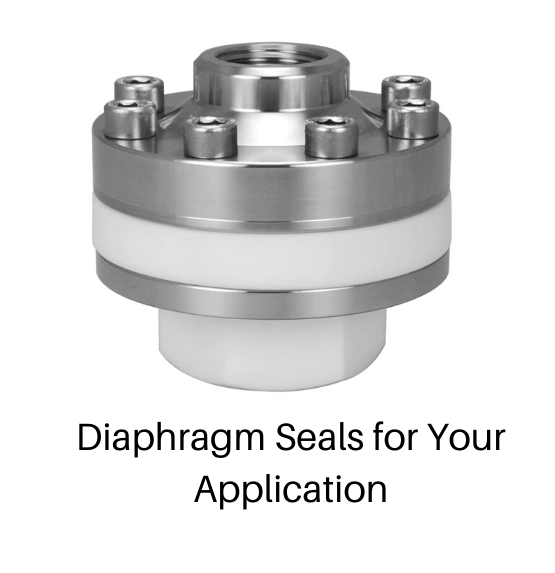
Once the purpose of the application is identified, you need to make additional considerations which are as described below:
Type of Process Connections:
Diaphragm seals are usually connected to pressure measurement devices through the following types of connections:
Threaded:
In this, the seal utilizes a male or female NPT to make a direct connection with a process.
In-Line:
The in-line connection seal has a welded design, which makes it ideal for flow-through applications.
Flanged:
This type of seal makes use of a flange for connection. These flanges are available in various types such as flat face, raised face, or ring joint flange. The flanges specified in ASME B 16.5 must be chosen for application.
Sanitary:
As the name suggests, these connections are ideal for applications that demand high hygiene. These connections must comply with Clean in Place (CIP) methodologies as well as FDA requirements.
Connection Size of Instrument:
Most diaphragm seals are compatible with 1/2" and 1/4" NPT. Hence, it is important to understand the connection size before choosing the seal.
Process Composition:
The lower housing of the seal and the diaphragm – both will be exposed to the medium. Thus, it becomes important to select the material that is compatible with the medium. If you are unsure of the material compatibility, it is always better to check with the manufacturer.
System Fill Fluid:
There is a wide range of system fill fluids available for consideration. It is important to check its chemical compatibility with the media to avoid leaks. Choosing non-toxic fluids is recommended in the case of sanitary applications.
Diaphragm Type:
As mentioned before, diaphragm seals are available in various designs. The following are some popular designs:
Threaded Design:
This design helps ensure a flush sealing and can be easily replaced when damaged.
Clamped Design:
As the name suggests, these seals have diaphragms clamped between the bottom and top housing. This design is suited for elastomeric materials.
Bonded Design:
In this design, a diaphragm is bonded to top housing. This design is suited for elastomeric materials.
Welded Design:
Many metallic diaphragm seals have diaphragms welded to the top housing.
Maximum Working Pressure Allowed:
All seals are designed to withstand maximum allowable working pressure (MAWP). It is indicated as PSI for inline and threaded seals. However, for flanged diaphragm seals, it is indicated as the flange class. These class ratings are made in accordance with ASME B16.5. If the seal is being used with a differential pressure transmitter or any such equipment, it must be able to handle the static pressure to the maximum allowable working pressure.
Maximum Process Temperature Limits:
Every process measurement instrument is designed to withstand a certain temperature and pressure, and so is the diaphragm seal. Hence when choosing them, it is important to consider the maximum process temperature limits. Having said that, this consideration must extend to everything from fill fluid to diaphragm material to lower housing material. If choosing a flanged seal, ensure that temperature and pressure limits comply with the ASME B16.5 specifications.
In addition to the above considerations, it is always important to buy these seals from reputed suppliers or manufacturers. The Transmitter Shop is one of the leading providers of pressure transmitters and other pressure measurement devices in the US. The company also provides various types of diaphragm seals. If you have any confusion, it is always recommended to get in touch with the experts at the company to make the right decision.
Related Posts
Pressure Monitoring in Pump Systems: A Comprehensive Guide
Common Challenges in Air Flow Measurement and How to Overcome Them
Monitoring and Controlling Energy Production in Power Plants
Understanding the Impact of Pressure Fluctuations on Drying Performance
Understanding Pressure Ranges and Units for Fluid System Monitoring
The Benefits and Challenges of HVAC System Balancing
An Ultimate Selection Guide for Flow Transmitters
Procedure to Calculate Accuracy of Pressure Transmitter Discussed
Pressure Transmitters vs. Pressure Transducers: Learn the Differential Characteristics
Multivariable Transmitter: What Is It and How Does It Work?
How Do You Test for 4 to 20mA Signal in a Pressure Transmitter?
Temperature Transmitter: How to Select The Efficient One for Your Application?
Flow Meter vs Flow Transmitter: Know the Difference
Absolute and Gauge Pressure Transmitters - Overview and Working Principle
HART Communication Protocol: Overview, Working Principle, Benefits in Industrial Automation
What is Absolute Pressure Transmitter & how does it work?
How Do You Calibrate A Flow Transmitter?
Remote Seals: Significance, Working Principle & Applications
How to Select Pressure Transmitter for Your Application?
Difference in Conventional Transmitters and Smart Transmitters
What Are Diaphragm Seals and Their Types?
Rosemount 2088 Vs Rosemount 3051 – A Few Points of Differences Discussed
Rosemount 3051S vs 3051C Transmitter – What is Your Choice?
Impact of Shock and Vibration on Pressure Transducer
Safety Tips for Differential Pressure Transmitter Operation
Factors to Consider When Choosing a Pressure Transmitter Manifold
Tips to Improve the Performance of Pressure Sensors
Important Calibration Tips for Pressure Sensors
5 Most Popular Pressure Transmitter Technologies
Factors of Consideration When Choosing Pressure Transmitters
Tips to Augment the Performance and Service Life of Pressure Transmitter
Factors To Be Considered While Differentiating $40 and $400 Pressure Transmitters
An Unconventional Guide to Selecting the Right Pressure Sensor
3 Major Pressure Transmitter Technologies That Made the Device Popular
The Features and Benefits of Rosemount 1199 Direct Mount Transmitters
What are the Steps Involved in Calibrating Pressure Gauge?
All Important Questions on Reconditioned Transmitters Answered
Is Remanufactured Transmitter a Better Option than a New One?
Differential Pressure Transmitters: How Do They Help in Flow Measurements?
3 Whats that Explain How Often You Should Calibrate Pressure Transducer
Guidelines for Troubleshooting Pressure Transducers
Learn How to Calibrate a Pressure Transmitter – II
Learn How to Calibrate a Pressure Transmitter
Know Three Interesting Uses of Pressure Transmitters








